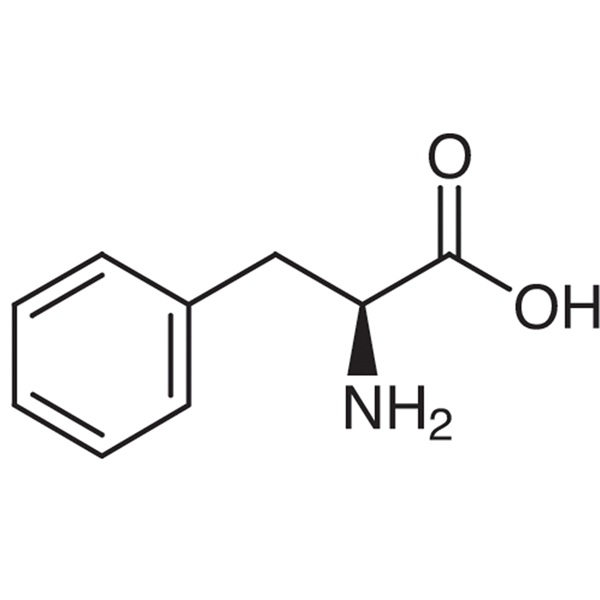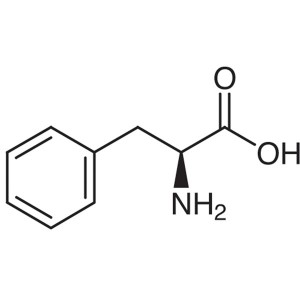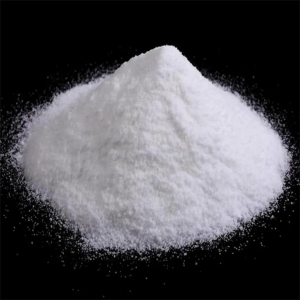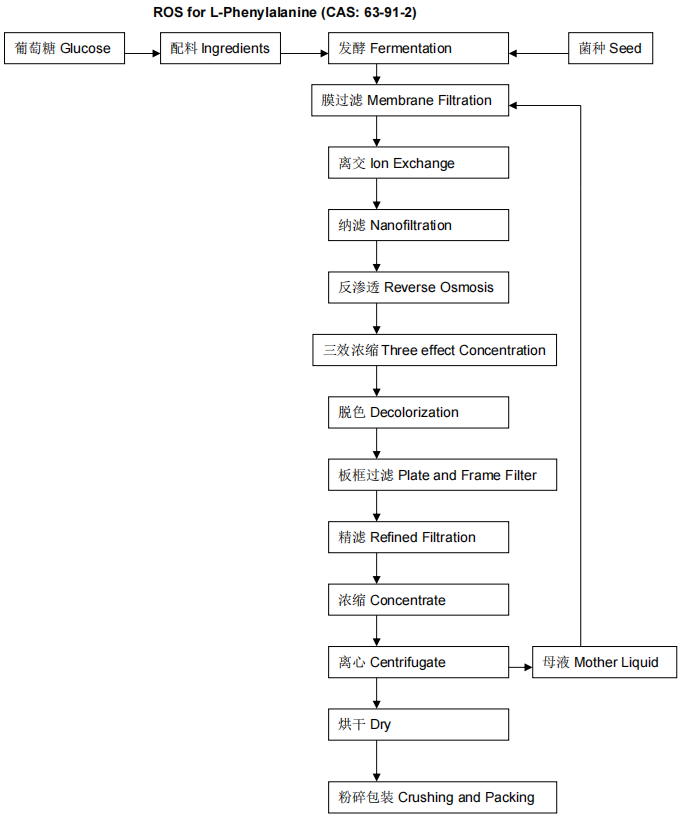L-Phenylalanine CAS 63-91-2 (H-Phe-OH) Assay 98.5~101.5% Factory High Quality
Shanghai Ruifu Chemical Co., Ltd. is the leading manufacturer and supplier of L-Phenylalanine (H-Phe-OH) (Abbreviated Phe or F) (CAS: 63-91-2) with high quality, production capacity 5000 Tons per year. Ruifu Chemical supplys a series of amino acids. We can provide COA, worldwide delivery, small and bulk quantities available. If you are interested in L-Phenylalanine, Please contact: alvin@ruifuchem.com
| Chemical Name | L-Phenylalanine |
| Synonyms | H-Phe-OH; L-Phe; Abbreviated Phe or F; (S)-(-)-Phenylalanine; (S)-2-Amino-3-Phenylpropionic Acid; L-beta-Phenylalanine; L-2-Amino-3-Phenylpropionic Acid; (S)-α-Amino-β-Phenylpropionic Acid; (S)-α-Aminohydrocinnamic Acid |
| Stock Status | In Stock, Production Capacity 5000 Tons per Year |
| CAS Number | 63-91-2 |
| Molecular Formula | C9H11NO2 |
| Molecular Weight | 165.19 |
| Melting Point | 270.0~275.0℃(dec.)(lit.) |
| Density | 1.29 |
| Solubility | Freely Soluble in Formic Acid, Sparing Soluble in Water. Insoluble in Ethanol and in Ether. Dissolves in Dilute Hydrochloric Acid |
| Storage Temp. | Sealed in Dry, Store at Room Temperature |
| COA & MSDS | Available |
| Classification | Amino Acid Derivatives |
| Brand | Ruifu Chemical |
| Hazard Codes | C | RTECS | AY7535000 |
| Risk Statements | 36/37/38-34 | F | 10 |
| Safety Statements | 22-24/25-37/39-45-36/37/39-27-26 | TSCA | Yes |
| WGK Germany | 3 | HS Code | 2922491990 |
| Items | Inspection Standards | Results |
| Appearance | White Crystals or Crystalline Powder | Conforms |
| Identification | Infrared Absorption | Conforms |
| Specific Rotation | -33.5°to -35.2°(C=2, H2O) |
-33.8° |
| State of Solution | ≥98.0% (Transmittance) | 98.3% |
| Chloride (Cl) | ≤0.020% | <0.020% |
| Sulfate (SO4) | ≤0.020% | <0.020% |
| Ammonium (NH4) | ≤0.020% | <0.020% |
| Iron (Fe) | ≤10ppm | Conforms |
| Heavy Metals (Pb) | ≤10ppm | Conforms |
| Arsenic (As2O3) | ≤1.0ppm | Conforms |
| Other Amino Acids | Meets the Requirement | Conforms |
| Loss on Drying | ≤0.20% (at 105℃, 3 hours) | 0.16% |
| Residue on Ignition | ≤0.10% | 0.04% |
| Assay | 98.5~101.0% (Titration: Anhydrous Basis) | 99.7% |
| pH Test | 5.4~6.0 (1.0g in 100ml of H2O) | 5.8 |
| Origin | Non-Animal Source | Conforms |
| Residual Solvents | Conforms | Conforms |
| Conclusion:This Product by Inspection Accords with the Standard of FCC Ⅳ, AJI97; JP; USP | ||
L-Phenylalanine, when dried, contains not less than 98.5% of C9H11NO2.
Description L-Phenylalanine occurs as white crystals or crystalline powder. It is odorless or has a faint characteristic odor, and has a slightly bitter taste. It is freely soluble in formic acid, sparingly soluble in water, and practically insoluble in ethanol (95). It dissolves in dilute hydrochloride acid.
Identification Determine the infrared absorption spectrum of L-Phenylalanine, previously dried, as directed in the potassium bromide disk method under Infrared Spectrophotometry <2.25>, and compare the spectrum with the Reference Spectrum: both spectra exhibit similar intensities of absorption at the same wave numbers.
Optical Rotation <2.49> [a]D20: -33.0° to -35.59° (after drying, 0.5 g, water, 25 mL, 100 mm).
pH <2.54> Dissolve 0.20 g of L-Phenylalanine in 20 mL of water: the pH of this solution is between 5.3 and 6.3
Purity (1) Clarity and color of solution-Dissolve 0.5 g of L-Phenylalanine in 10 mL of 1 mol hydrochloric acid TS: the solution is clear and colorless.
(2) Chloride <1.03>-Perform the test with 0.5 g of L-Phenylalanine. Prepare the control solution with 0.30 mL of 0.01 mol/L hydrochloride acid VS (not more than 0.021%).
(3) Sulfate <1.14>-Perform the test with 0.6 g of L-Phenylalanine. Prepare the control solution with 0.35 mL of 0.005 mol/L sulfuric acid VS (not more than 0.028z).
(4) Ammonium <1.02>-Perform the test with 0.25 g of L-Phenylalanine. Prepare the control solution with 5.0 mL of Standard Ammonium Solution (not more than 0.02%).
(5) Heavy Metals <1.07>-Dissolve 1.0 g of L-Phenylalanine in 40 mL of water and 2 mL of dilute acetic acid by warming, cool, and add water to make 50 mL. Perform the test using this solution as the test solution. Prepare the control solution as follows: to 2.0 mL of Standard Lead Solution add 2 mL of dilute acetic acid and water to make 50 mL (not more than 20 ppm).
(6) Arsenic <1.11>-Dissolve 1.0 g of L-Phenylalanine in 5 mL of dilute hydrochloride acid and 15 mL of water, and perform the test with this solution as the test solution (not more than 2 ppm).
(7) Related Substances-Dissolve 0.10 g of L-Phenylalanine in 25 mL of water, and use this solution as the sample solution. Pipet 1 mL of the sample solution, and add water to make exactly 50 mL. Pipet 5 mL of this solution, add water to make exactly 20 mL, and use this solution as the standard solution. Perform the test with these solutions as directed under Thin-layer Chromatography <2.03>. Spot 5mL each of the sample solution and standard solution on a plate of silica gel for thin-layer chromatography. Develop the plate with a mixture of 1-butanol, water and acetic acid (100) (3:1:1) to adistance of about 10 cm, and dry the plate at 809Cfor30minutes. Spray evenly a solution of ninhydrin in acetone (1 in50) on the plate, and heat at 80℃ for 5 minutes: the spots other than the principal spot from the sample solution are not more intense than the spot from the standard solution.
Loss on Drying <2.41> Not more than 0.30% (1 g, 105℃, 3 hours).
Residue on Ignition <2.44> Not more than 0.10% (1 g).
Assay Weigh accurately about 0.17 g of L-Phenylalanine, previously dried, and dissolve in 3 mL of formic acid, add 50mL of acetic acid (100), and titrate <2.50> with 0.1 mol/L perchloric acid VS (potentiometric titration). Perform a blank determination, and make any necessary correction.
Each mL of 0.1 mol/L perchloric acid VS=16.52 mg of C9H11NO2
Containers and storage Containers-Tight containers.
Package: Fluorinated Bottle, 25kg/bag, 25kg/Cardboard Drum, or according to customer's requirement.
Storage Condition: Store in sealed containers at cool, dry and ventilated warehouse away from incompatible substances. Protect from light and moisture.
How to Purchase? Please contact Dr. Alvin Huang: sales@ruifuchem.com or alvin@ruifuchem.com
15 Years Experience? We have more than 15 years of experience in the manufacture and export of a wide range of high quality pharmaceutical intermediates or fine chemicals.
Main Markets? Sell to domestic market, North America, Europe, India, Korea, Japanese, Australia, etc.
Advantages? Superior quality, affordable price, professional services and technical support, fast delivery.
Quality Assurance? Strict quality control system. Professional equipment for analysis include NMR, LC-MS, GC, HPLC, ICP-MS, UV, IR, OR, K.F, ROI, LOD, MP, Clarity, Solubility, Microbial limit test, etc.
Samples? Most products provide free samples for quality evaluation, shipping cost should be paid by customers.
Factory Audit? Factory audit welcome. Please make an appointment in advance.
MOQ? No MOQ. Small order is acceptable.
Delivery Time? If within stock, three days delivery guaranteed.
Transportation? By Express (FedEx, DHL), by Air, by Sea.
Documents? After sales service: COA, MOA, ROS, MSDS, etc. can be provided.
Custom Synthesis? Can provide custom synthesis services to best fit your research needs.
Payment Terms? Proforma invoice will be sent first after confirmation of order, enclosed our bank information. Payment by T/T (Telex Transfer), PayPal, Western Union, etc.
Hazard Symbols C - Corrosive
Risk Codes R36/37/38 - Irritating to eyes, respiratory system and skin.
R34 - Causes burns
Safety Description S22 - Do not breathe dust.
S24/25 - Avoid contact with skin and eyes.
S37/39 - Wear suitable gloves and eye/face protection
S45 - In case of accident or if you feel unwell, seek medical advice immediately (show the label whenever possible.)
S36/37/39 - Wear suitable protective clothing, gloves and eye/face protection.
S27 - Take off immediately all contaminated clothing.
S26 - In case of contact with eyes, rinse immediately with plenty of water and seek medical advice.
L-Phenylalanine (H-Phe-OH) (CAS: 63-91-2) is an essential amino acid and is the only form of phenylalanine found in proteins. It is one of the 18 common amino acids, and one of the eight essential amino acids at the human body. L-Phenylalanine is produced for medical, feed, and nutritional applications such as in the preparation of Aspartame. As nutritional supplement, L-Phenylalanine can be viewed as a benzyl group substituted for the methyl group of alanine, or a phenyl group in place of a terminal hydrogen of alanine. Most in the body by the phenylalanine hydroxylase catalysis oxidation into tyrosine, and synthetic with tyrosine important neurotransmitters and hormones, to participate in the body metabolism of sugar and fat metabolism. L-Phenylalanine is a bioactive aromatic amino acid. It is a necessary amino acid which can't be self-synthesized by human and animals. It is necessary for a person to intake 2.2g L-Phenylalanine every day. L-Phenylalanine has been widely used in pharmaceutical and food additive industry. It is an important ingredient of amino acid injection. In food processing industry, L-Phenylalanine can be added into bakery foods. And the nutrition of phenylalanine can be enhanced and by amido-carboxylation with glucide. L-Phenylalanine can enhance foods aroma and keep the balance of necessary amino acids. In pharmaceutical industry, L-Phenylalanine is used as intermediate of some amino anticancer pharmaceuticals such as formylmerphalanum and etc. L-Phenylalanine is the main raw material of the sweetener Aspartame, one of the essential amino acids in the human body. It is mainly used in the pharmaceutical industry for amino acid infusion and amino acid drugs. The food industry is mainly used as a synthetic raw material for the food sweetener aspartame; it can also be used as a nutritional supplement and flavor enhancer, it is used in the manufacture of food and drink products, such as bakery.
-
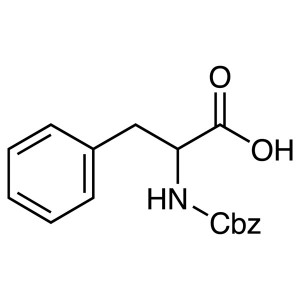
Z-DL-Phe-OH CAS 3588-57-6 N-Cbz-DL-Phenylalanin...
-
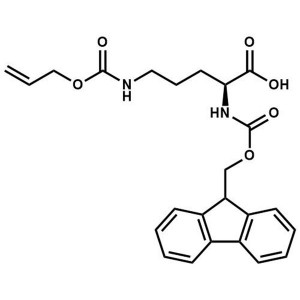
Fmoc-Orn(Aloc)-OH CAS 147290-11-7 Assay ≥98.0% ...
-
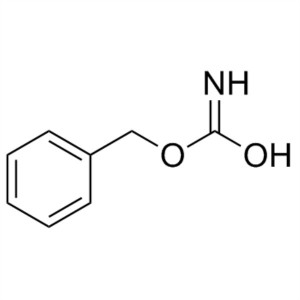
Benzyl Carbamate CAS 621-84-1 (Z-NH2) Purity >9...
-
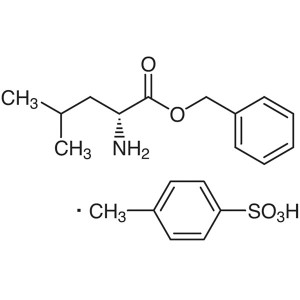
D-Leucine Benzyl Ester p-Toluenesulfonate CAS 1...
-
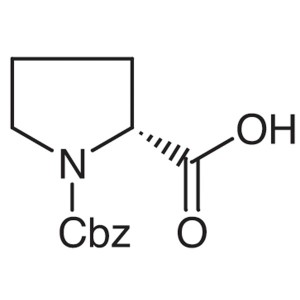
Z-D-Pro-OH CAS 6404-31-5 N-Cbz-D-Proline Purity...
-
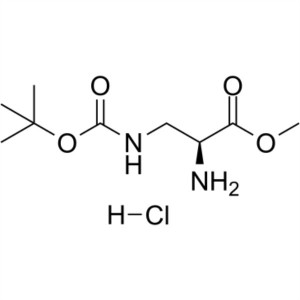
H-Dap(Boc)-OMe·HCl CAS 114559-25-0 Assay ≥98.0%...

